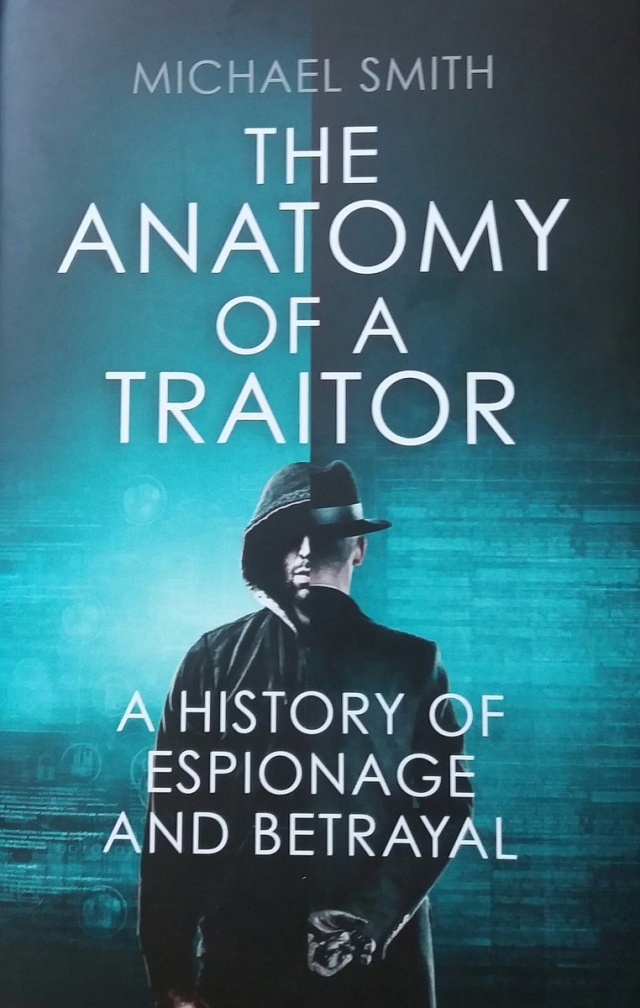The Anatomy of a Traitor
Book review

The History of Espionage and Betrayal
The Anatomy of a Traitor: The History of Espionage and Betrayal, Michael Smith, Aurum Press, 2017, 320p, £20.00. ISBN 978-1-78131-657-3.
Although the sub-title of this book hints at a rather wider perspective, in essence this work is focused on very recent history, to the degree that this reviewer recognised most of the examples provided.
What Michael Smith has achieved rather well is to draw together what many of us knew in part. He explores the circumstances wherein people become spies or become drawn into the wider reaches of espionage, and it becomes clear that there is no particular sub-group from which they are drawn. Some have been trapped by their own indiscretions, some like Greville Wynne were, in effect, the victims of opportunistic recruitment which took advantage of the overseas movement of British businessmen and some were driven by the possible financial rewards.
However, as the author latterly points out, some were motivated by principles, principles which meant more to them than their national heritage or pride: he draws the parallel with some modern-day Muslim extremists travelling to Syria or Iraq in support of ISIS. In effect he sees what happens in modern times as a replication of the activities of Burgess and Maclean, Philby and Blunt. The starker point comes through that they all occupied roles in the British public service, to the degree that Anthony Blunt was the official Surveyor of the Royal Picture Collection; in other words they were within our community and not separate from it.
It is not just a matter of the spies being within the community, their activities were occurring all around us. In the 1960s I attended a series of perfectly legitimate political meetings in Plane Tree House in Holland Park’s Duchess of Bedford Walk: Michael Smith reveals that one of the places by which John Vassall made contact with his Soviet ‘controller’ was by means of chalk marks on a tree outside that very building!
Michael Smith has made a very good contribution to our understanding of the people and processes involved in modern-day espionage, and those of us with broader historical perspectives, either in terms of wider modern international politics or indeed in the shadows of the Tudor Court, can make our own judgements as to how the need to spy and betray is part of an historical continuum.

